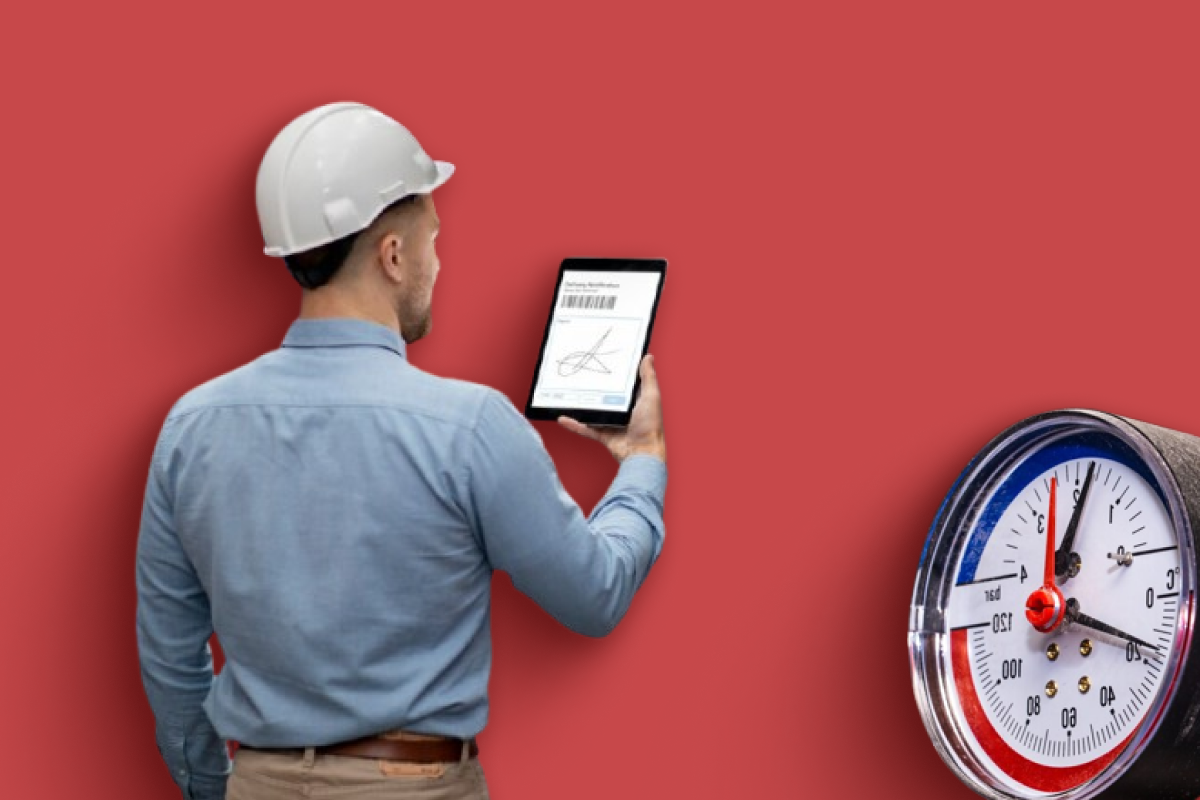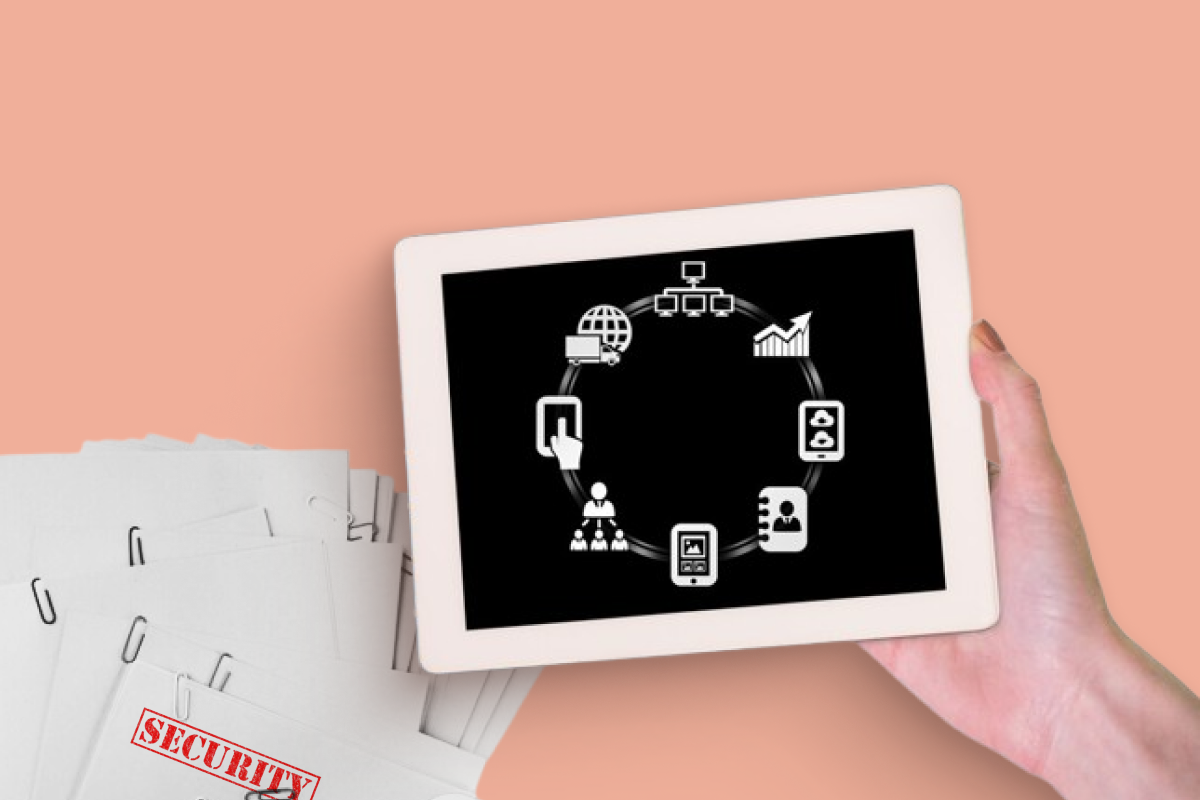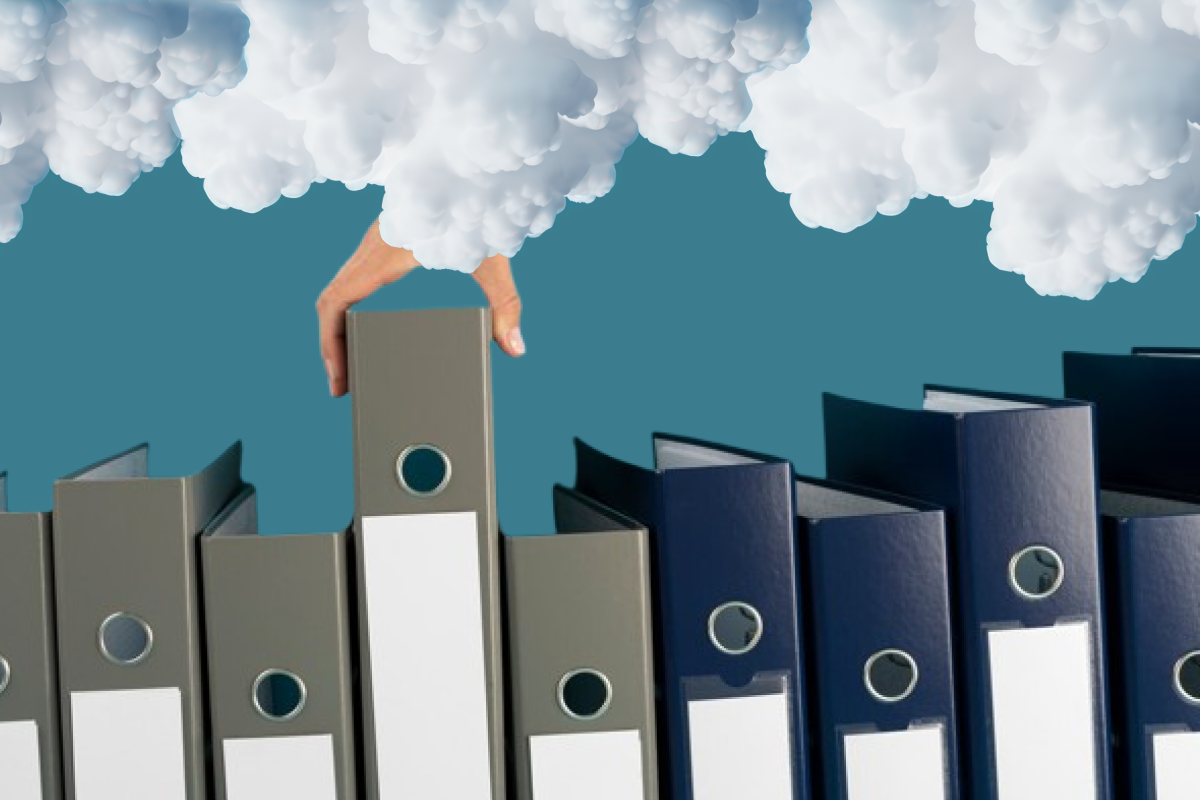All Technologies Used
Motivation
To enhance the personal account of the fuel cardholder, providing a seamless interface for managing accounts, applying for card reissue, receiving reports, and improving the overall functionality. The system is integrated with Siebel CRM via SOAP protocol to handle customer requests swiftly and efficiently.
Main Challenges
The project initially lacked a version control system and a central repository, making coordination between developers difficult, delaying bug fixes, and complicating code analysis.
Differences in configuration between development, pre-production, and production servers caused inconsistencies in deployed functionality, requiring repeated adjustments and cross-checks to ensure correct behavior.
Frequent consultations with both the intermediary and the end customer were necessary, which complicated task prioritization and delayed some development steps, especially when verifying completed work from previous teams.
Our Approach
Want a similar solution?
Just tell us about your project and we'll get back to you with a free consultation.
Schedule a callSolution
Electronic Queue System
- Queue and booking management
- Lunch break scheduling
- Bulk parameter updates
- CRM synchronization
Transactional Report Refinement
- Product management section
- Detailed transaction breakdown
- Improved user visibility
PDF Document Management
- Automated facsimile detection
- Stamp placement in PDF
- Efficient document processing
FAQ Management System
- FAQ page creation
- Content management for Contact Center
- Enhanced user guidance
Business Value
Improved User Experience: The optimized platform streamlined fuel card management and personal account operations, making interactions faster and more intuitive for users.
Operational Efficiency: Automation of manual tasks such as PDF processing, report generation, and queue management reduced errors and saved time for both users and managers.
Data Accuracy and Transparency: Transactional reports and real-time CRM synchronization ensured reliable and up-to-date information, increasing trust among corporate clients.
Scalable and Flexible Solution: The microservices for specific tasks and modular architecture allowed the platform to scale and adapt to growing business needs, supporting expansion and higher workloads.






